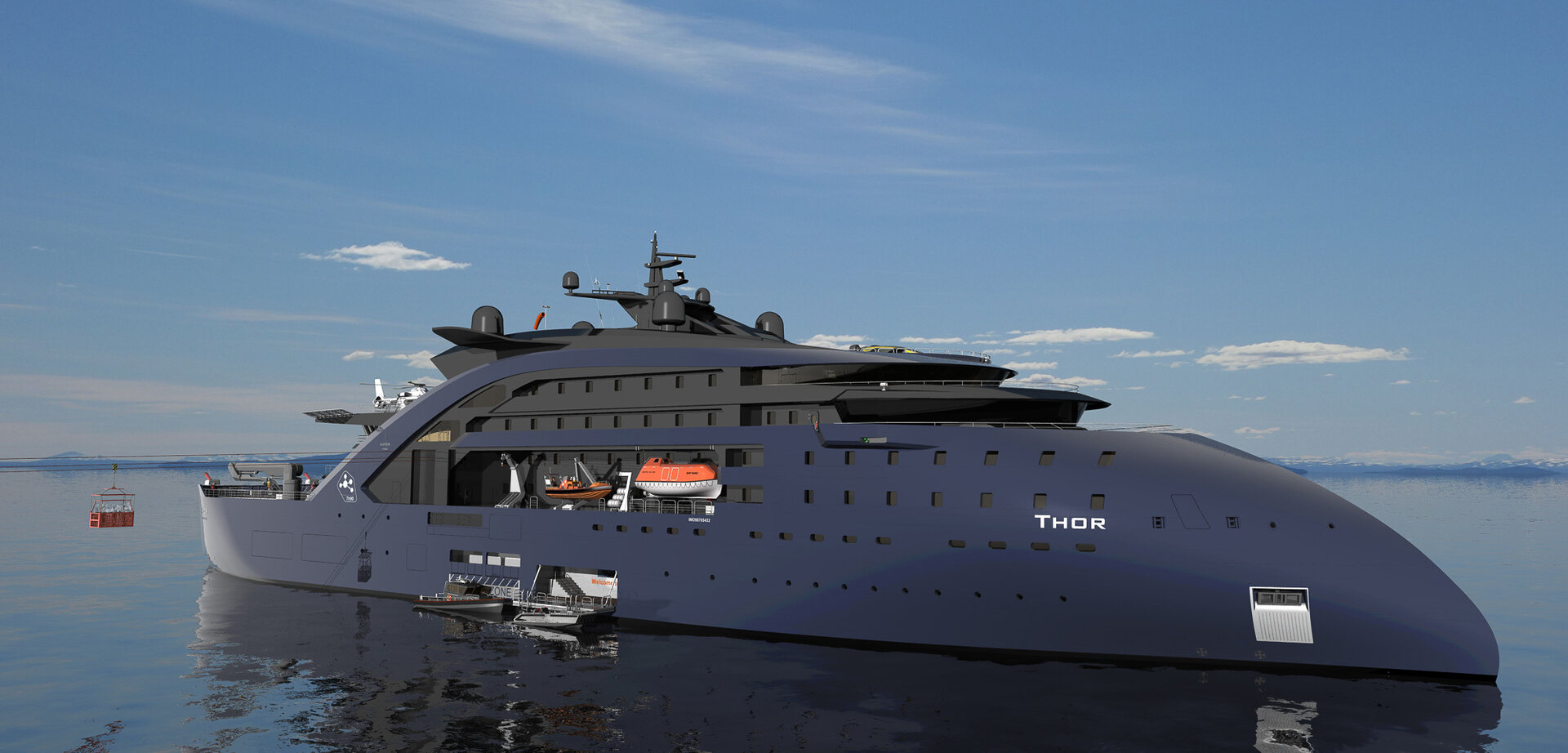Biomimetics or biomimicry seeks to build human technologies using nature as an a template.
With the rapid progress in material science, researchers are beginning to imagine a day when carbon nanotubes, inspired by spider silk like material five times stronger than steel, may one day be created that are tough enough to make space elevators feasible.
Super strong materials would kick off a new industrial revolution across industries from engineering and life sciences to construction and medicine.
A Japanese construction company, Obayashi, is continuing with plans first announced in 2010 to build an elevator from earth to space that will be completed by 2050. The elevator would be 22,000 miles (35,500 kim) tall.
The company has released a “concept vehicle” that will ride on cables into space. As it currently stands, materials strong enough to build the elevator don’t yet exist, but with the advent of nanotechnology, Obayashi is confident that over the next several decades sophisticated new carbon nanotubes, extending a quarter of the way to the moon, will be a reality.
The company’s Space Elevator Project Manager, Satomi Katsuyama, notes that the company cannot yet calculate the expense of constructing the space elevator and a suitable site has not yet been determined. But the need for a low cost method of moving materials into space will make the eventual price tag seem reasonable.
Drastically Reducing The Cost Of Moving Materials Into Space
The main reason for building a Space Elevator elevator is to reduce the cost of carrying materials and supplies into space. The current cost of sending anything into space is about $10,000 per pound.
Once the item is transported 100 miles from earth, it escapes gravity and becomes weightless. A space elevator is an attractive alternative to traditional rocket based space launches. If cargo could be brought up 100 miles with an elevator, spaceships could unload cargo in near weightless conditions.
The International Academy of Astronautics believes a space elevator may be feasible as early as 2025, but only to as high as the lower earth orbit.
Overcoming The Technical Challenges Of A Space Elevator
The following diagram shows how the system could become a reality.
The system needs a counterweight that orbits the earth and an anchor at the equator. The following is a two minute discussion by Michio Kaku of the reasons for and challenges of the space elevator.
Related Articles on IndustryTap
- Going Up? Partial Space Elevators Could Take You to the Ultimate Top Floor.
- MULTI Elevator System: German Tech Company ThyssenKrupp Invents Elevator That Operates Without Cables
- The STAR: A 433-Foot Long, 200-Foot High Superyacht With 37,700-Square-Feet of Interior Space!
References and related links:







